- Call us: 01444 237070
- Contact Us
- Stores
- Sign In / Register
-
- Back
- Used Cameras
- Used Accessories
- Used Lenses
- Used Video
- Used Film Equipment
- Used Stock Alert
- Used Blank Test
- Sell or Part Exchange
- Used Clearance
- Recently Added Used Equipment
- Park Picks
- All Used Black Friday Deals
- Faulty
- Trade-In
- Blog
- New in
- Call us
- Contact us
- Stores
- Sign in
- Categories
- Tips & Inspiration
- Reviews
- News
- Events
- Features
- Buying Guides
- Competitions
Budget-friendly Wildlife Photography with Sony
Although we’ve looked at some of the best Sony cameras and lenses for wildlife photography in previous articles, we’ve never explored more budget-friendly wildlife photography with Sony. This post is more suitable when looking for the best lens for shooting wildlife on a budget with Sony cameras, and is better suited to wildlife photography beginners or casual photography.
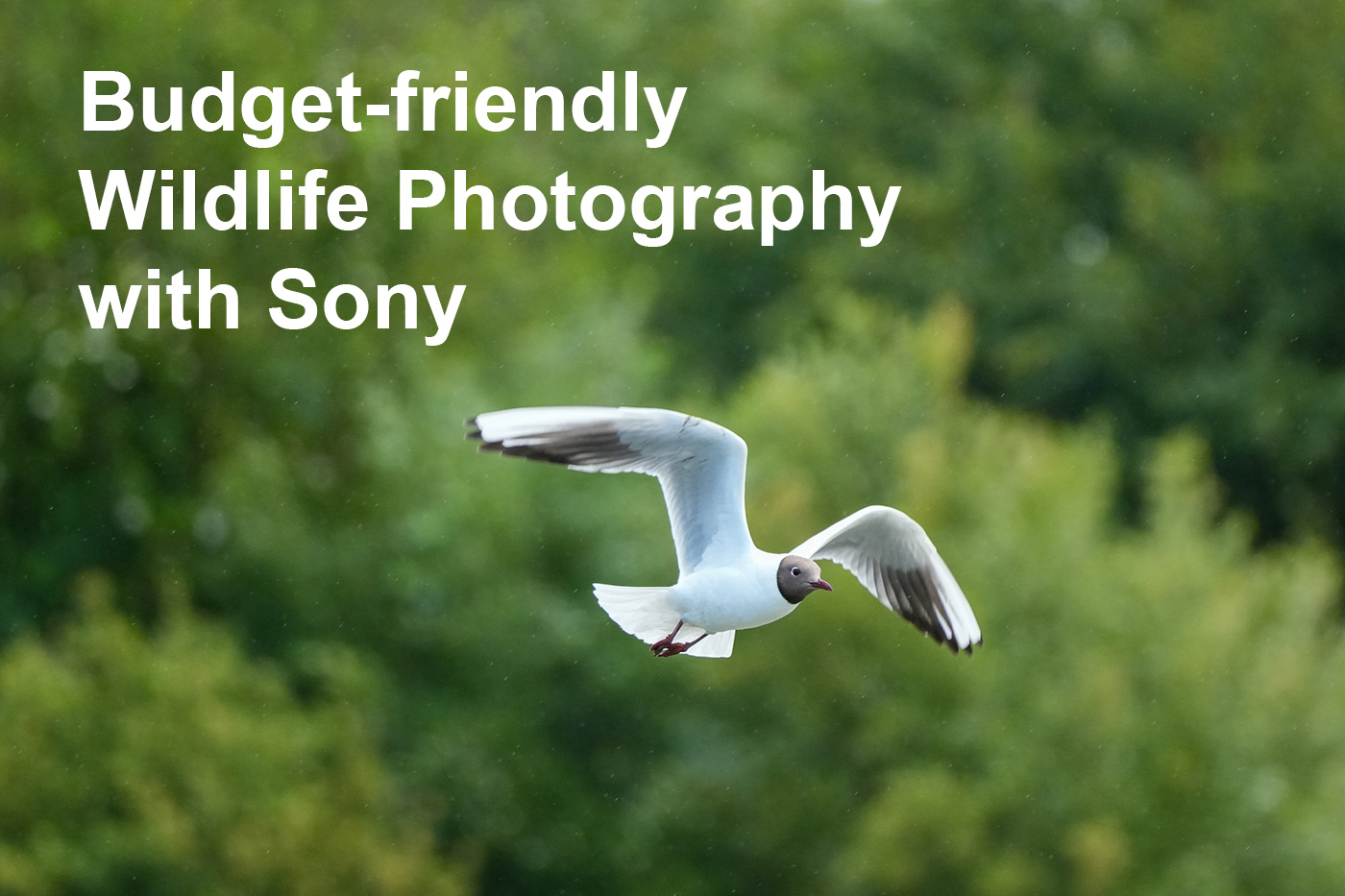
I was fortunate to have the Sony A6700 and Sigma 100-400mm F/5-6.3 DG DN OS Contemporary lens for Sony for a few excursions to local ponds and parklands, which gave me a great idea about how these perform for birds in flight, birds and wildlife in general.
So if you’re a photographer who’s interested in dipping a toe in the water to capture wildlife but are reluctant to spend lots before you know whether it’s for you, join us and whet your wildlife whistle as we explore budget Sony camera equipment. We hope you’ll discover whether you might want to embark on this fabulous hobby for yourself with a Sony.
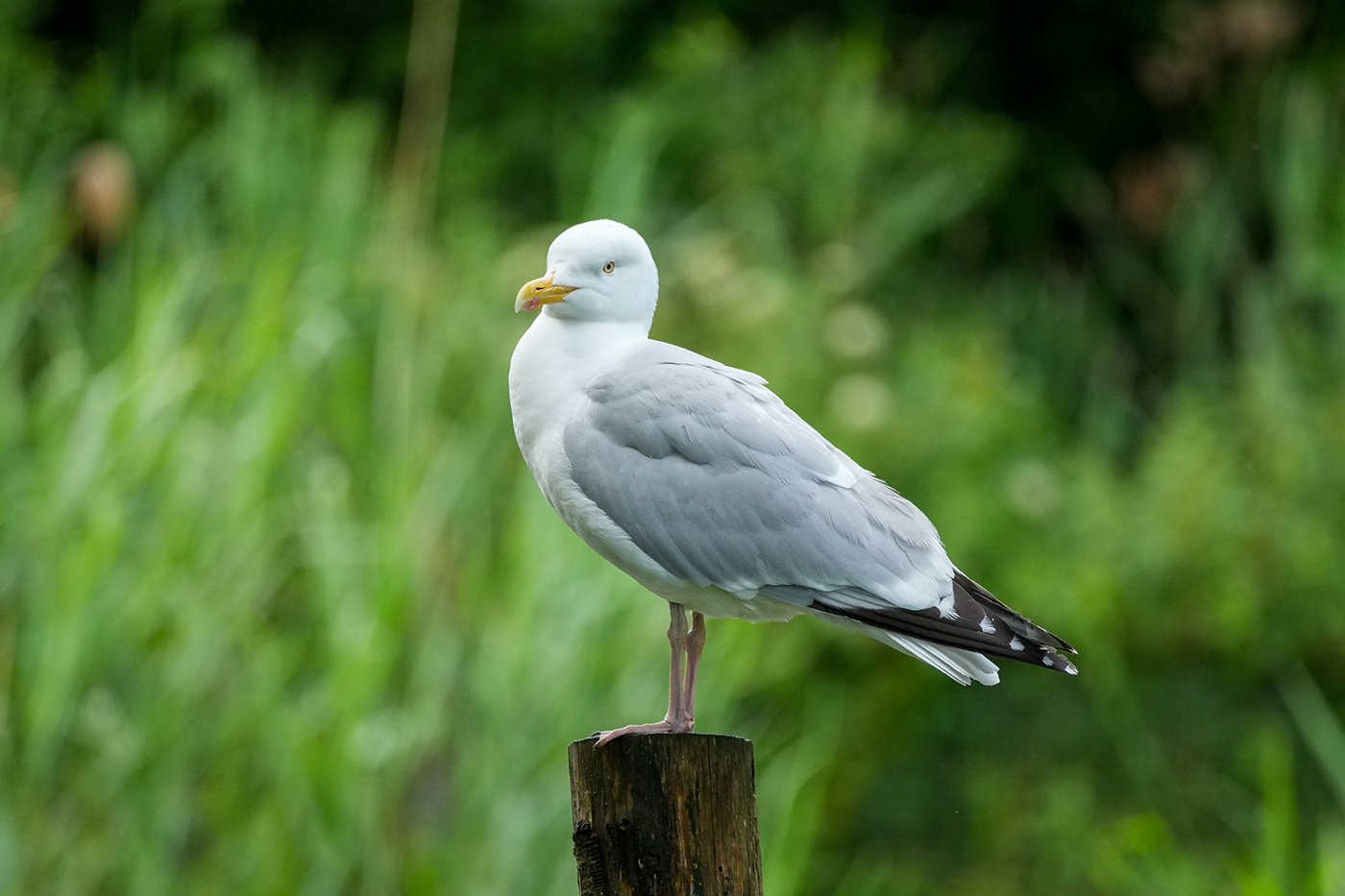
Sample at 400mm. Camera settings: 1/1000 sec. f/6.3. ISO 1600 (right click to enlarge)
Sample images
Despite having plenty of experience with Sony mirrorless cameras, I am very much a beginner at wildlife, especially when compared to some of the professionals we’ve been fortunate to get tips from in the past, such as Ben Hall and Danny Green.
With their tips fresh in mind, I stayed quite local and explored woodlands, ponds and parklands where I knew I’d find some interesting birds, including seagulls, ducks and swans. All of the samples were captured with the Sony A6700 body and a very much budget-friendly Sigma 100-400mm F/5-6.3 DG DN OS Contemporary lens.
The camera has bird subject detection, which allows it to track birds’ eyes effectively, and I love Sony cameras for their incredible AF system generally. It was also set to Auto ISO with minimum shutter speed, depending on the subject and available light, with continuous tracking enabled. All of the sample images are shot in JPEG and very minimally edited, preserving a natural look that is straight out of camera, in order for you to get a good idea of the type of results to expect.
Next, let’s look at pricing, as this isn’t perhaps the cheapest setup, albeit far more budget-friendly than the A1 II or an A9 III.
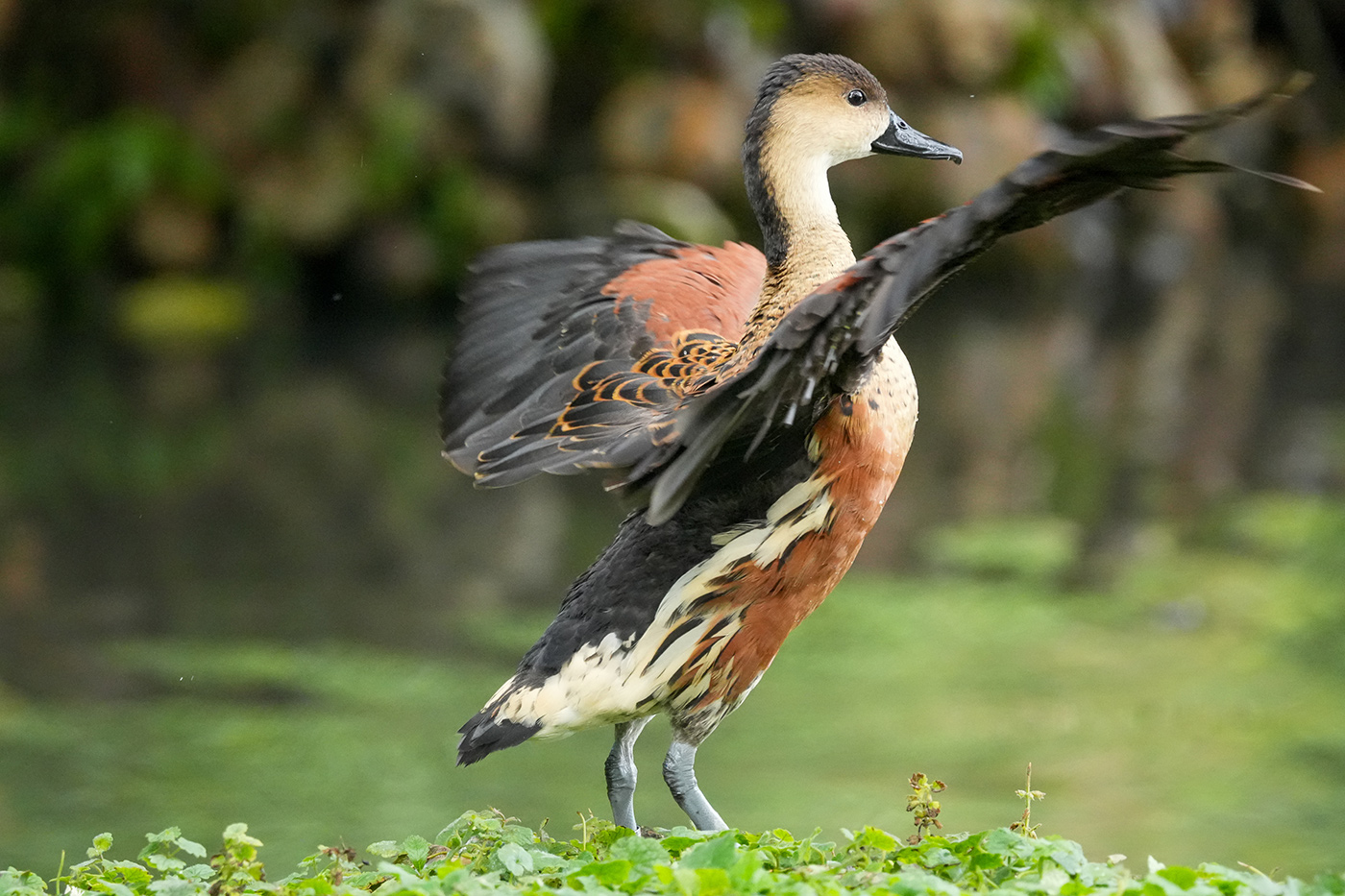
Sample at 400mm. Camera settings: 1/1000 sec. f/6.3. ISO 6400 (right click to enlarge)
New and used Pricing
Both the camera and lens are available new and used, although second-hand camera equipment comes and goes quickly, so it pays to create a personalised used stock alert if you have specific items in mind.
A new A6700 camera costs £1,449.00, and there was a used Sony A6700 for £1,169.00 available at the time of writing. Although this is not a cheap wildlife camera from Sony, we have explored earlier models like whether the Sony A6000 Still Worth Buying, as well as making a Sony A6400 review, so felt it was worth trying a different model. If you can stretch to it, the A6700 is very well suited to wildlife due to its portability and 1.5x crop factor, but more on that later.
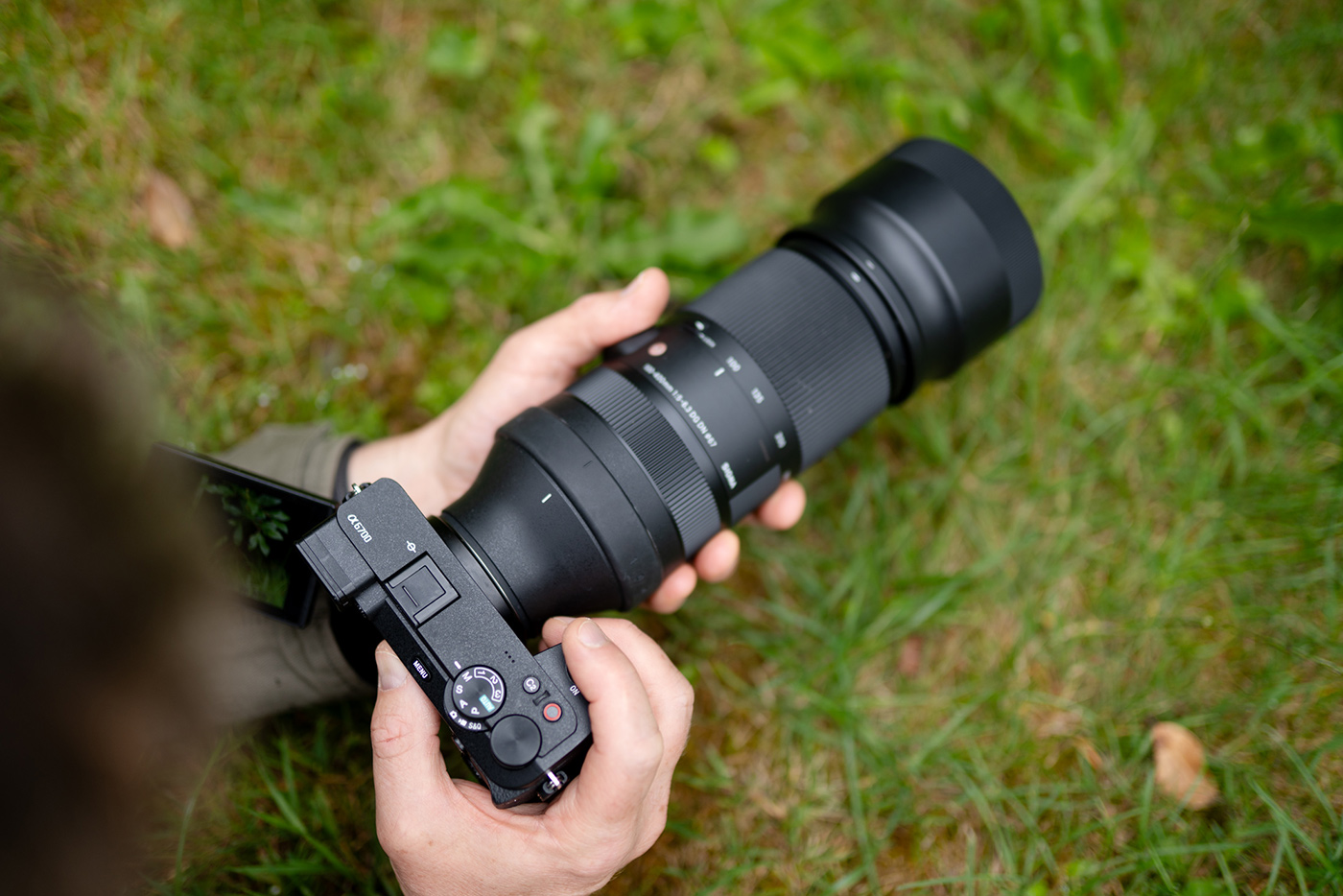
In order to balance out the camera price, we paired it with the Sigma 100-400mm F/5-6.3 DG DN OS Contemporary lens for Sony, which costs just £899.00 and offers a fantastic super telephoto zoom range, which is equivalent to 150-600mm when mounted on the crop format body. This isn’t available used, but you can browse for a used Sigma lens when reading this to see if there’s one at the time.
Next, we’ll look at specific camera and lens features for wildlife photography.

Sample 03 at 264mm. Camera settings: 1/125 sec. f/6.3. ISO 6400 (right click to enlarge)
What features does the A6700 offer for wildlife?
When looking for the best budget camera for wildlife photography from Sony, this may well be it. That’s down to having the latest AF system with deep learning subject detection and tracking, along with greater reach from the 1.5x crop factor.
Other features the A6700 has for wildlife include:
- A relatively high 26MP resolution for cropping when needed
- In-body image stabilisation regardless of lens
- RAW selectable image quality to keep file sizes down when burst shooting
- Quick 11fps continuous burst with AF/AE tracking
- Dedicated AI chip with Animals, Birds, Insects subject detection
- A more intuitive menu system than some earlier Sony cameras
There are, of course, many other features which contribute to this being an excellent option, such as the newer processor, upgraded AWB performance, and natural colour handling. However, these are covered in our more granular Sony A6700 review with A6600 comparison. For the purposes of this hands-on experience, suffice to say that the A6700 is very well equipped to capture small, distant and fast-moving subjects, and will certainly help you to refine your skills.
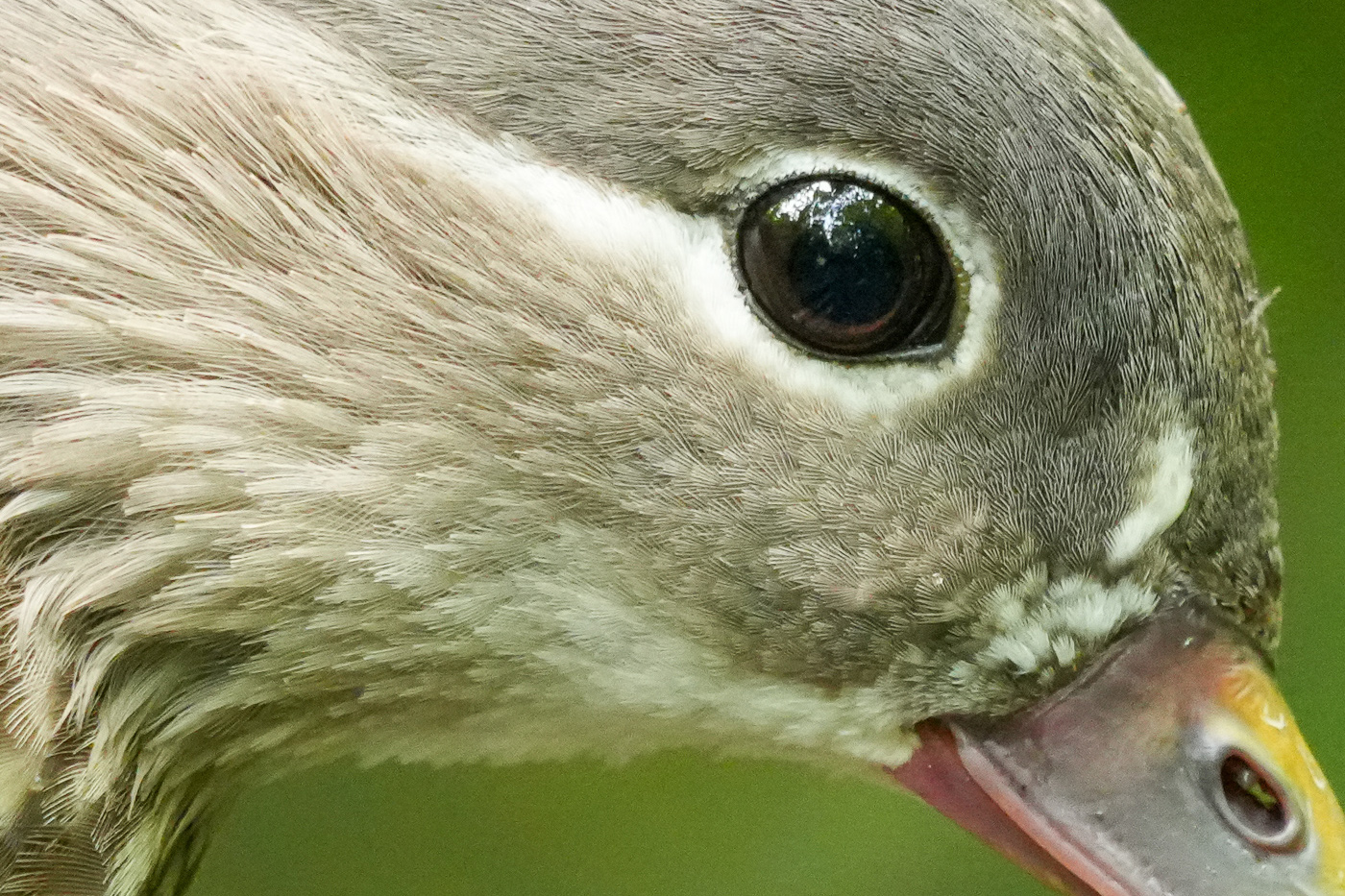
100 percent crop of the previous image, showing excellent feather detail and good noise control at ISO 6400 (unedited)
Is the Sigma 100-400mm F/5-6.3 DG DN good for wildlife photography?
If you’re a beginner Sony photographer or looking for the best lens for wildlife photography on a budget, this is well worth considering. Sigma is known for producing excellent quality lenses for all budgets, and the Contemporary line achieves superb image quality while being lighter and more affordable than Sports or Art series optics.
Aside from the versatile super telephoto zoom range, the Sigma lens offers wildlife photographers:
- A relatively lightweight design at 1,140g
- Excellent resolution with sharp, detailed rendering
- 4 stops of optical stabilisation with two settings
- Quicker AF with the focus limiter switch
- Includes a dual-action zoom for quicker zooming
- Really compact 67mm filter thread
- Smooth AF from the stepping motor, which is eye-tracking compatible
- Very good image quality with minimal colour fringing
- Optional TS-111 Tripod Socket Mount for tripod stability
- Rubber sealing to protect the mount from dust and water
During my hands-on time, there was both rain and sun, so I got a good feel for the weather sealing and handling in different conditions. But how about image quality? Let’s look closer at that next.
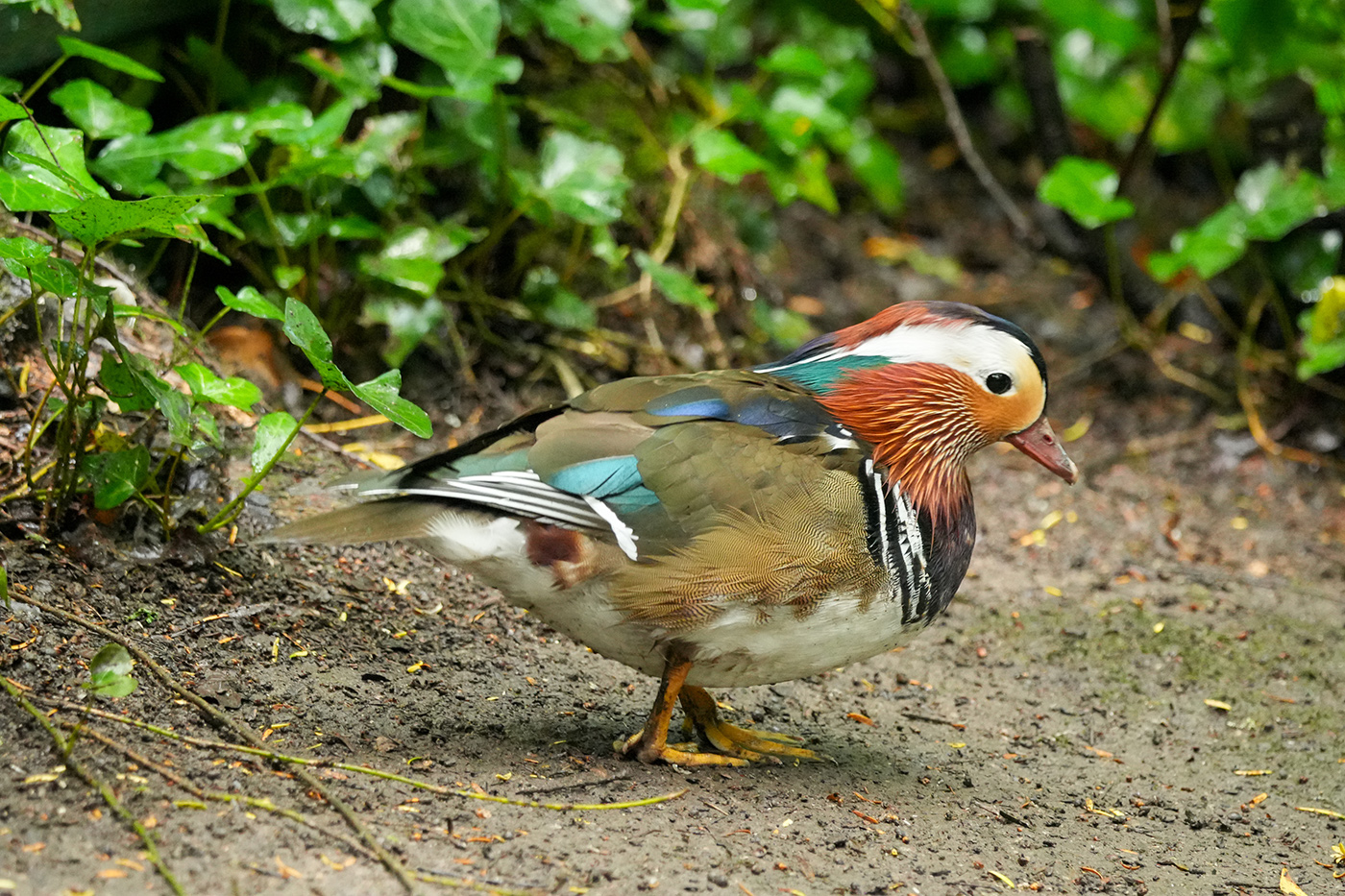
Sample at 275mm. Camera settings: 1/160 sec. f/6.3. ISO 6400 (right click to enlarge)
Is Image quality Good Enough from this Kit?
A key strength of many Sigma lenses is the high resolving power they offer. The 100-400mm F/5-6.3 DG DN is specially developed for mirrorless cameras and resolved the 26MP Sony sensor with ease. The samples included in this review show excellent levels of detail, with high sharpness where it counts, as well as accurate colours and contrast without the need for a lot of editing.
If you look more closely, you’ll see individual feathers and down clearly resolved, showing the benefit of a relatively high-resolution sensor paired with a capable lens.
The 9-blade aperture is able to render lovely rounded bokeh, and at these focal lengths it achieves very smooth out-of-focus areas in the background, which you can see in some of these samples. This allows you to get the subject to pop, stand out in the frame, and avoid background interference, all of which are great for wildlife and bird photography.
Other image quality notes include the minimal distortion when corrections are turned on, and the smooth focus transitions, which produce very pleasing results. The Sigma is undoubtedly a very good lens for wildlife photography and may surprise you with just how well a telephoto priced well under £1,000.00 can perform.
Whatever your skill level, this lens can capture stunning shots and will help you as you improve over time. But next, we take a look at handling in the field.

Sample at 360mm. Camera settings: 1/1000 sec. f/6.3. ISO 250 (right click to enlarge)
How is the Sigma 100-400mm Lens Handling and Usability With the A6700 Camera?
Anyone new to super telephoto zooms will be instantly aware of the Sigma 100-400mm lens’ weight, despite it being very reasonable for the reach it provides. That means it feels a little front heavy on the smaller A6700 camera body, which is noticeably smaller by comparison.
That being said, you do have to have a lot of glass and larger optics to render the high image quality, and this zoom is significantly smaller and lighter than a lot of alternatives, despite being a full-frame lens.
Handling strengths include the competent stabilisation, and I was able to capture tack-sharp results of slower-moving subjects at 1/125 second, which is a great result for the reach. The push/pull mechanism, which also features in the Sigma 150-600mm F/5-6.3 DG DN, is very useful when you want to zoom through the range very quickly, saving time compared to twisting the zoom ring.

Sample at 271mm. Camera settings: 1/1000 sec. f/6.3. ISO 200 (right click to enlarge)
Another handling benefit is the autofocus motor, which does a great job keeping up with birds in flight, even as they come straight towards the camera. This is, of course, driven by Sony’s highly effective AF system in the A6700, however the lens keeps up well.
The last note about my experience with handling has to be about build quality. This is a very solid-feeling lens, which isn’t plasticky regardless of the lower price. This means it feels good in the hands, with a heft that you can wield confidently, rather than being a featherweight that feels fragile. Sadly however, you cannot use a teleconverter when mounted on a Sony camera, but that may change one day, fingers crossed.

Sample at 303mm. Camera settings: 1/640 sec. f/8. ISO 250 (right click to enlarge)
Alternative E Mount lenses for Wildlife
Although we only tested one lens option in this article, the Sony E mount system is huge. There are several brands producing a range of budget-friendly telephoto lenses for wildlife photography for Sony cameras. These include Tamron, who have the 50-300mm F/4.5-6.3 Di III VC VXD for £769.00 and the 150-500mm F/5-6.7 Di III VC VXD, which costs around £1,000.00. Both of these lenses provide excellent reach, fast Voice coil motor focusing and great image quality, at around the same price as the Sigma.
If you’re new to wildlife photography and looking for an affordable way to get started, the Sony A6700 and Sigma 100-400mm F/5-6.3 DG DN lens make a formidable pair. The camera’s advanced autofocus with subject detection, combined with the lens’s impressive reach and sharp image quality, provide an extremely capable setup for photographing birds and most other wildlife.

Sample at 219mm. Camera settings: 1/1000 sec. f/5.6. ISO 320 (right click to enlarge)
While the lens feels a little front-heavy on the smaller A6700 body, it is definitely manageable and lighter than most alternatives at this range. You also benefit from effective stabilisation, fast autofocus, and pleasing background separation to help your subjects stand out.
For under £2,500 new (and considerably less second-hand), this is a great way to explore the genre and develop your skills. If you’ve ever wanted to capture your local wildlife in more detail, this setup is an excellent starting point.
Shop for the Sony A6700 and Sigma 100-400mm F/5-6.3 DG DN OS Contemporary lens for Sony today, or you can also explore more options in our buying guides, where we cover budget-friendly wildlife setups from Fujifilm and Canon.
Share this post:
By Nick Dautlich on 03/07/2025
Nick Dautlich
Senior Content Writer and Product Reviewer
Nick Dautlich is the Senior Content Writer and Product Reviewer at Park Cameras, with over 15 years of photography experience. A Sony Imaging Professional and expert reviewer, Nick has worked with major brands such as Canon, Sony and Nikon. His work is also featured on Vanguard World UK’s website, Capture Landscapes, and Shutter Evolve. Nick’s photography includes National Trust projects and magazine covers and he is passionate about landscapes and storytelling. Nick also enjoys hiking and teaching his children about nature. Learn more on his profile page.
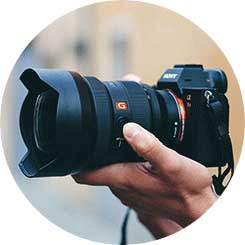
Trade in your old equipment
Fast and easy trade in service ensures your old gear is collected efficiently and you are paid quickly! It's very simple to trade in your unwanted photography gear. Just head over to our dedicated Sell or Part Exchange page, fill out the details, and we'll get back to you with an offer for your old gear. Take the cash, or put it towards the cost of your new gear. It's up to you! Find out more
sign up to the newsletter
Keep up to date on the latest photography news, events and offers. Sign up now